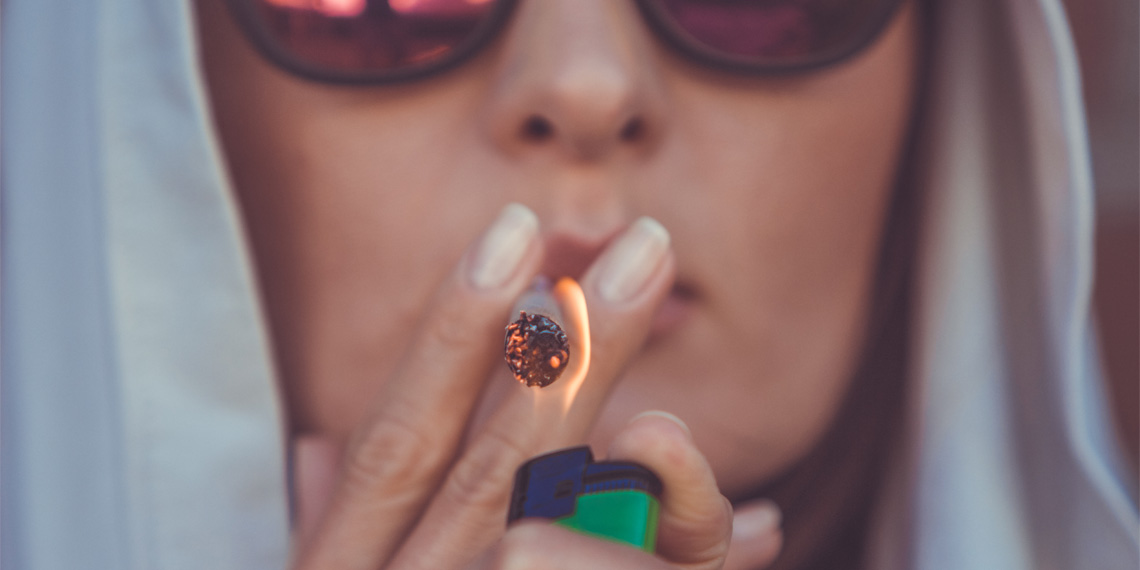An analysis of numerous studies on cannabis use revealed that between 2% and 21% of users experienced psychotic symptoms after consuming cannabis. The highest rates were reported by experimental studies that administered tetrahydrocannabinol (THC), while the lowest (2%) were observed in studies assessing medicinal cannabis. The research was published in Nature Mental Health.
Cannabis is a plant genus that includes three species: Cannabis sativa, Cannabis indica, and Cannabis ruderalis. It is known for its psychoactive and medicinal properties, primarily due to compounds like THC (tetrahydrocannabinol) and CBD (cannabidiol). Cannabis is used both recreationally and medicinally, with effects ranging from relaxation and euphoria to pain relief and reduced anxiety. Its legal status varies widely around the world, with some regions permitting its use and others imposing strict prohibitions.
In some individuals, cannabis use can lead to the development of psychotic symptoms, known as cannabis-associated psychotic symptoms. These symptoms can include hallucinations, delusions, and disorganized thinking, particularly in those predisposed to mental health issues. High doses of THC, the primary psychoactive compound in cannabis, are more likely to trigger these symptoms. While some people may experience these effects temporarily, in certain cases, cannabis use can trigger or exacerbate long-term psychotic disorders, such as schizophrenia.
Study author Tabea Schoeler and her colleagues sought to integrate the findings of various studies on cannabis-associated psychotic symptoms to better understand how often they develop and under what conditions. They note that increasingly liberal cannabis policies worldwide make it crucial to have this information to prevent the harmful effects of cannabis use. Another significant trend is the rising concentration of THC in cannabis products over time, which has stronger psychoactive properties compared to CBD.
The researchers searched three scientific databases—PubMed, Embase, and Psychinfo—resulting in 20,428 potential texts. After excluding those that did not meet the criteria for inclusion, the analysis was conducted on 162 studies involving a total of 210,283 participants.
These studies could be categorized into four types: observational research, assessments of medical cannabis products, experimental studies administering THC, and quasi-experimental studies (which compare situations of cannabis use to non-use by observing individuals using or not using cannabis of their own accord). The vast majority of study participants were from observational research; 16% were involved in studies assessing medical cannabis; experimental studies included just under 1% of participants, while quasi-experimental studies involved only 0.2%.
Of these studies, 99 reported data on cannabis-associated psychotic symptoms. This included 41 observational studies (involving 92,888 cannabis users), 19 experimental studies administering THC (754 participants), and 79 studies assessing the efficacy and tolerability of medicinal cannabis products (32,821 participants). In medicinal cannabis studies, the products were most often used to treat pain and cancer. Participants in observational and experimental studies were primarily in their 20s and 30s, while the average age of individuals in medicinal cannabis assessment studies was 48 years.
The results showed that the reported percentage of participants developing cannabis-associated psychotic symptoms varied greatly between studies. The share was highest in experimental studies, around 21%, high in observational studies at 19%, and lowest in medicinal cannabis assessment studies at 2%.
Individuals more likely to experience cannabis-associated psychotic symptoms included those who received THC, individuals with preexisting mental health issues, those with higher dopamine activity, younger individuals, and females.
The study provides valuable insights into the psychotic symptoms that can develop as a consequence of cannabis use. However, it should be noted that the experimental studies, which reported the highest rates of psychotic symptoms, administered THC—the cannabis component known for its potent psychoactive properties—while studies reporting lower rates likely used other forms of cannabis with much lower THC concentrations.
The paper, “Assessing rates and predictors of cannabis-associated psychotic symptoms across observational, experimental and medical research,” was authored by Tabea Schoeler, Jessie R. Baldwin, Ellen Martin, Wikus Barkhuizen, and Jean-Baptiste Pingault.




